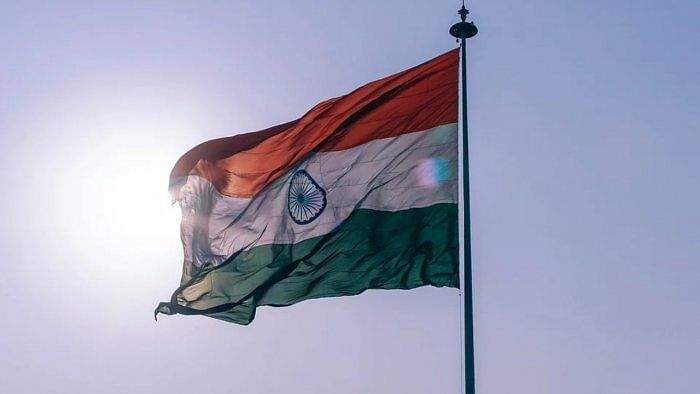
Ongoing tussles between the Centre and the Opposition-ruled states on various issues make Indian federalism look like a classic case of William Riker’s observation: “The essence of federalism is the political feature: the political bargain that creates it and the distribution of power in political parties, which shapes the federal structure in its maturity. Everything else about federalism is an accident.” The story is beyond this.
The uniqueness of Indian federalism is conspicuous by its “dual character.” In Ambedkar’s words, “The Constitution can be both unitary and federal according to the requirements of time and circumstances. In normal times, it is framed to work as a federal system. But in times of war, it is so designed as to make it work as though it were a unitary system.”
Also Read | SC disrespected, federalism violated
Subsequently, the Supreme Court observed: “In a sense, the Indian Union is federal. But the extent of federalism in it is largely watered down by the needs of progress and development in a country that has to be nationally integrated, politically and economically coordinated, and socially, intellectually, and spiritually uplifted.” Perhaps for this reason “Union of States”, instead of “Federal” is used in the Constitution. Justifying the usage, Ambedkar explained: “The federation was not the result of an agreement by the States to join in a federation, and the federation not being the result of an agreement, no State has the right to secede from it. The Federation is a Union because it is indestructible.”
Despite the above constitutional position, one wonders why there is still room for debate on the actual nature of Indian federalism. This is where politics and economics come into play. In the initial years of independence, due to same-party rule (Congress), issues of Centre-state relations were often settled within the ranks of the Congress party, and the states, in turn, remained just as “glorified municipalities”. However, since the late 1960s, cracks started emerging when parties of different ideologies started ruling the states.
From the late 1980s, there was a rapid transition from ‘one dominant party’ to a ‘multi-party coalition’ system. Regional parties started playing an increasingly decisive role in the formation of governments at the Centre. Some of the states, like Tamil Nadu and West Bengal, went to the extent of demanding “reallocation of powers”. The then Left Front Government in West Bengal argued that the advocacy for strong states “is not necessarily in contradiction to that of a strong Centre, once the respective spheres of authority are clearly marked out” and demanded amending the Preamble of the Constitution to include the word “Federal”. On their part, the Akalis adopted the Anadapur Sahib Resolution in 1973, demanding “a true federal Constitution” in which all subjects except defence, foreign affairs, communications, and currency go to the states. Regional parties questioned the existing structure of Centre-state relations and resented any kind of “Centre’s encroachment” in the name of security or development. History is repeating itself now in response to the perceived strong centralist tendency of the present regime.
Economically, in the initial decades of independence, impressed by the Soviet Union’s five-year plans, there was an emphasis on planning at the national level. Prime Minister Nehru believed that ‘majority rule’ and ‘unified sovereignty’ would facilitate socialist transformation and economic growth. He agreed to some kind of federal arrangement but with a strong Centre. However, when India witnessed a severe economic crisis in the early 1990s, there was a need for the opening up of markets, resulting in the emergence of a ‘federal market economy’. It brought openness not only at the central level but also to the states.
The policy shift enabled the states to directly invite foreign direct investments. As a result, state governments actively competed for FDI, though with results that varied dramatically across states. This has widened the gap between the more developed and less developed states. It led to the concept of “empowered states”, which claimed to have developed strong and modern infrastructure and, in turn, exuded confidence for self-protection. They sought little or no financial support from the Union government. As a result, the Centre’s economic leverage declined considerably, especially vis-à-vis the “empowered states”. Thus, the economic clout of the regions, added to their political strength, impacted the federal system in practice. However, in the recent past, the introduction of GST and other centralised economic regimes has shaken the confidence of the states.
In short, to reinvoke Riker, “The strength of any federal system depends not so much on the constitutional structure but rather on the political and economic culture that may be prevailing within the country at any given time.”
(The writer is Director, Centre for East Asian Studies, Christ University, Bengaluru.)